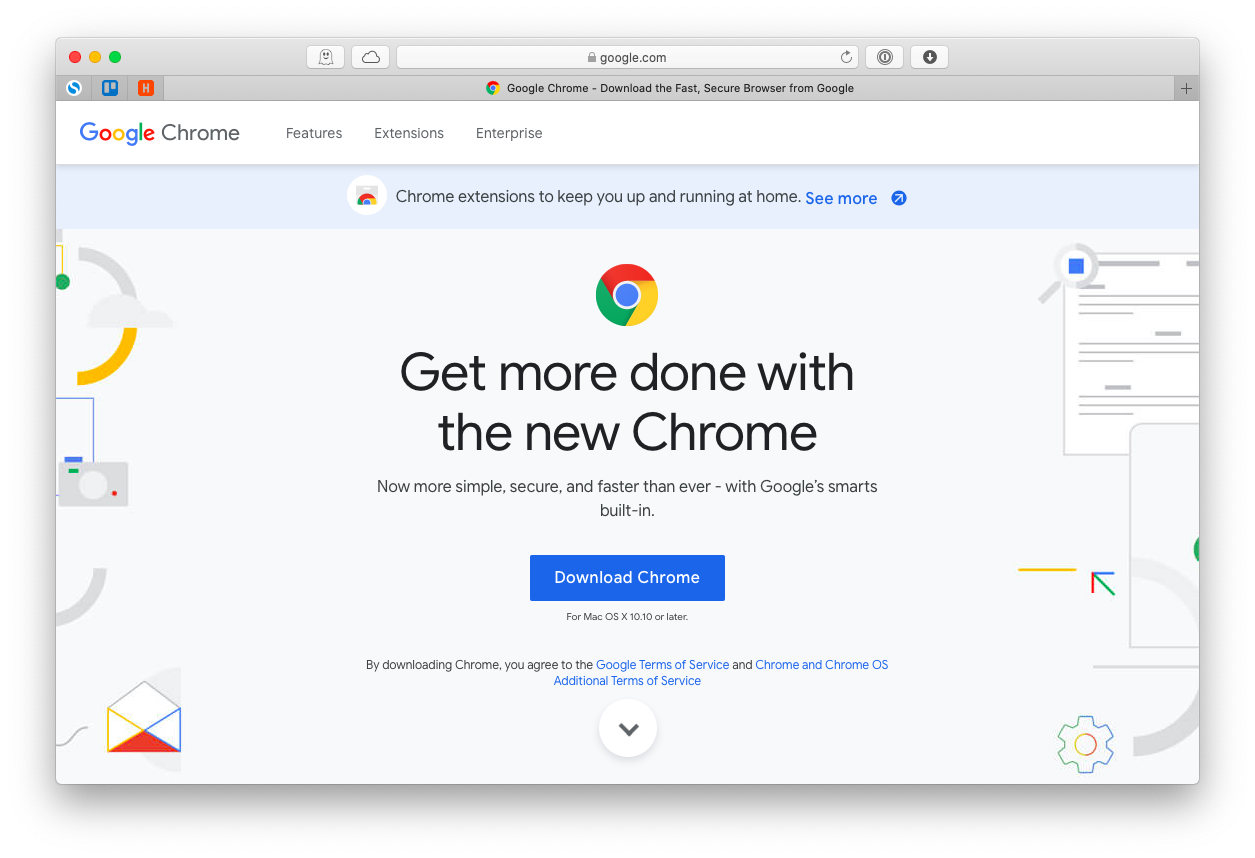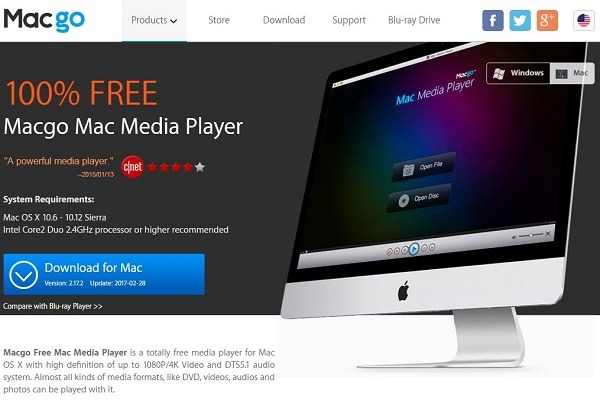

Plug-ins are intended to make sure a system component, such as a web browser, supports certain features or types of content provided by websites and other modern electronic services. This is an important prerequisite for delivering a proper user experience, but with the caveat that these enhancements largely have a third-party nature and may become a source of security issues. An error on Mac saying “ Blocked Plug-in” typically means that the system has prevented a specific plug-in from running.

Most reports regarding this issue are associated with Adobe software, including Flash Player and Acrobat Reader. #How to uninstall firefox on macbook pro pdf#įor instance, the alert may occur when a user tries to open an email link in Safari leading to a PDF document. The file preview turns out to be a no-go in this case as the browser displays a black screen with the above-mentioned message in the center. Incidentally, this can be a cross-browser issue and hold true for Chrome and Firefox as well. One more scenario that falls under the same category is when a Mac user goes to a website that relies on Adobe Flash Player to interact with the visitors. A common situation involves watching multimedia or playing an in-page game. The “Blocked Plug-in” error may show up alongside a notification saying that the content requires the latest version of the Flash Player. Why would Apple pull the plug on a plug-in (pardon the linguistic redundancy)? In the case of Flash, things are fairly clear. This software has gained notoriety for being crammed up with vulnerabilities. #How to uninstall firefox on macbook pro pdf#.#How to uninstall firefox on macbook pro mac os#.#How to uninstall firefox on macbook pro for mac#.#How to uninstall firefox on macbook pro how to#.


 0 kommentar(er)
0 kommentar(er)
